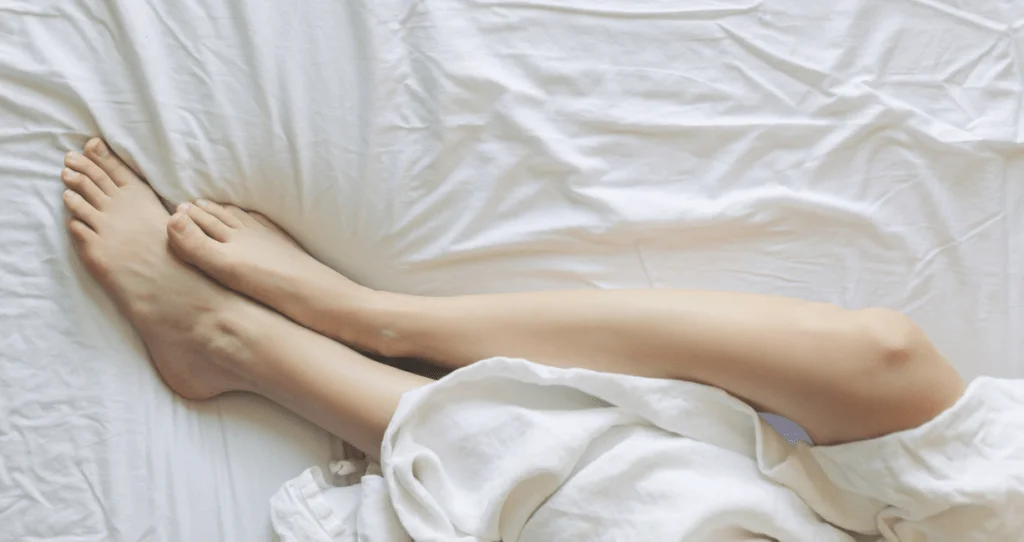
You’d have to be living under a rock to not notice the fervor surrounding artificial intelligence (AI) and its many potentials for improving daily life. The applications for sleep health seem endless, from sleep apnea detection and wearable sleep trackers to detecting just how much poor sleep affects your appearance.
Mine Mate Innovation’s new knee pillow for side sleepers is another innovative use of artificial intelligence. It is called knēNest, and the company says it promotes better sleep and reduces knee pain using AI modeling to maintain proper knee positioning and spinal alignment.
Jim Mead, CEO of Mine Mate Innovation, made big claims about the pillow’s capabilities in a press release: “We spend a third of our lives sleeping, yet our bodies have lacked proper ergonomic support for side sleeping positions — until now.”
How the New knēNest Compares to Other Knee Pillows
The knēNest features include built-in channels for optimal air circulation, keeping the user cool throughout the night, and comfort pads that relieve pressure points, boosting circulation for more restorative sleep. It’s made from cushy memory foam that compresses to under two inches for travel.
How Is the New AI Knee Pillow Using Technology?
While other top knee pillows offer similar cushioning, support, and breathability, they lack the advanced AI-engineered design and specific features the makers of knēNest claim will improve sleep quality and reduce pain.
Norman Bettle, MD, the consulting neurologist who developed the pillow, said in the release, “Spinal misalignment when side sleeping is one of the biggest disruptors of quality sleep and a leading cause of chronic pain conditions like lower back issues, hip problems, and sciatica.
Traditional knee pillows are ineffective, merely separating legs without providing the precise support and knee positioning alignment needed to prevent the unnatural twisting that occurs when the upper leg rolls forward during side sleeping.”
How knēNest Reduces Pain and Improves Sleep
The spine starts at the base of the skull and curves along the neck and back to the pelvis. Maintaining your spine’s natural S-shaped curves during sleep supports good posture and improves overall sleep quality in several ways, not least by minimizing pain.
Good sleep posture can reduce pain and improve breathing and circulatory functions during sleep. Side sleeping is considered the best sleep position because it helps align the spine and reduces pressure on the back and neck. But one downside to sleeping on your side is pain from your knee sinking toward the mattress, twisting your spine.
Does the knēNest Work for Any Sleeping Position?
Sleeping in positions that put too much pressure on your knees, like sleeping on your stomach or with your legs crossed or sleeping on your back with your legs straight, can make your knee joints stiff and cause pain over time.
The best way to combat these effects is to get into a sleep position that keeps your spine aligned and reduces stress on your knees. Your sleep environment, including your mattress, pillows, toppers, and other supports, makes all the difference.
“With its cutting-edge AI-assisted design, knēNest empowers side sleepers to experience deeper, restorative, pain-free rest by maintaining optimal body alignment overnight from the knees up,” said Mead in the release.
Conclusion: Will AI Help Make Future Sleep Products?
Mine Mate used AI analysis to shape the curves and dimensions of the inner knee area for knēNest. Its patent-pending hourglass shape supports your knees and keeps them, along with your spine, in anatomical alignment. As a result, the pillow reduces knee and joint pain and ensures that your body stays in the right position to prevent back and hip pain. We’re curious to see what AI will inspire next in the sleep world.


























